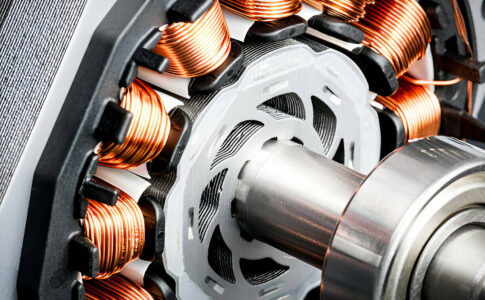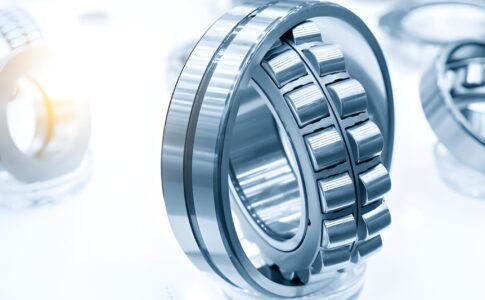Bearings are essential components in almost every type of machinery, from industrial equipment to automobiles. While many businesses focus on choosing the right type of bearing, few pay attention to what happens after installation. Proper maintenance and timely repair of bearings not only enhance performance but also significantly increase the lifespan of your machinery.
we’ll explore key tips and techniques to help you maintain your bearings effectively.
1. Why Bearing Maintenance Matters
Bearings are designed to reduce friction and support loads, but over time, dirt, misalignment, and lack of lubrication can cause them to fail. When a bearing fails, it can lead to machine breakdowns, costly repairs, and downtime. Regular maintenance ensures that the bearing continues to perform optimally and prevents unexpected failures.
2. Common Signs of Bearing Problems
Detecting early warning signs can save you from major repairs. Here are some common symptoms of bearing failure:
- Unusual noise or vibration
- Increased operating temperature
- Lubricant leakage or contamination
- Irregular machine behavior
- Physical signs of wear or rust
If you notice any of these signs, it’s best to take action immediately.
3. Tips for Effective Bearing Maintenance
a. Regular Lubrication
Lubrication reduces friction and prevents metal-to-metal contact. Choose the right type of grease or oil recommended by the bearing manufacturer and apply it at regular intervals.
b. Keep Bearings Clean
Contaminants like dust, dirt, and moisture are the enemies of bearings. Always store bearings in a clean, dry place and use clean tools when installing or removing them.
c. Avoid Overloading
Operating machinery beyond its rated capacity can put unnecessary stress on the bearings. Ensure loads are balanced and within safe limits.
d. Monitor Alignment
Misalignment during installation can cause uneven wear. Use precision instruments to align shafts and housings properly.
e. Conduct Routine Inspections
Schedule periodic checks to identify potential issues before they become serious. This includes visual inspections, noise monitoring, and vibration analysis.
4. Basic Repair Tips for Bearings
If a bearing starts to show signs of wear but isn’t completely damaged, small repairs can extend its life:
- Clean the bearing housing and replace contaminated lubricant.
- Remove rust or debris using appropriate tools and solvents.
- Replace seals or shields if they are worn or broken.
- In some cases, regrinding or re-lubrication can restore performance.
However, if the bearing is severely worn out or cracked, replacing it is the safest option.
5. Final Thoughts
Investing in bearing maintenance is investing in the long-term health of your machinery. By taking simple steps like regular cleaning, lubrication, and monitoring, you can avoid unexpected breakdowns and save on costly replacements. Whether you are using ball bearings, thrust bearings, or industrial-grade NTN bearings, keeping them in good condition ensures smooth operations and higher productivity.
At Noormsons, we don’t just provide high-quality bearings – we also aim to educate our customers about the best practices in machinery care. If you’re looking for premium bearings and expert guidance, we’re here to help.






No comments